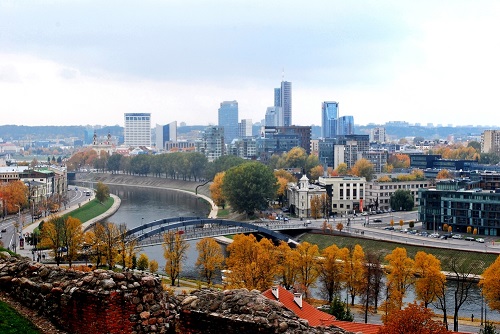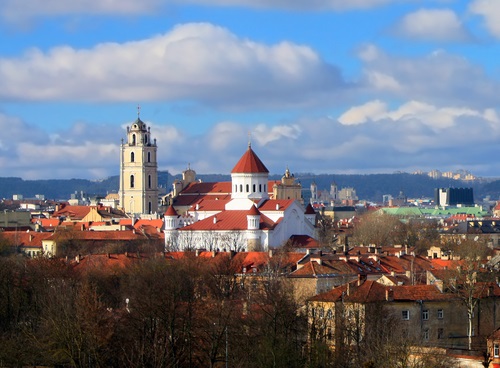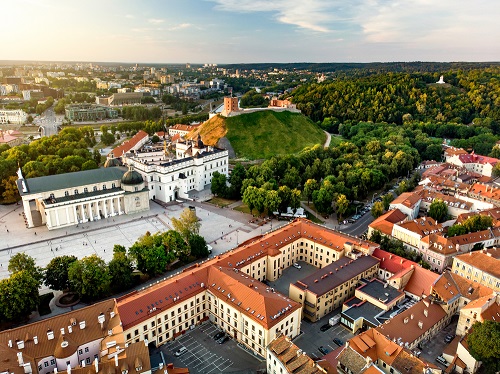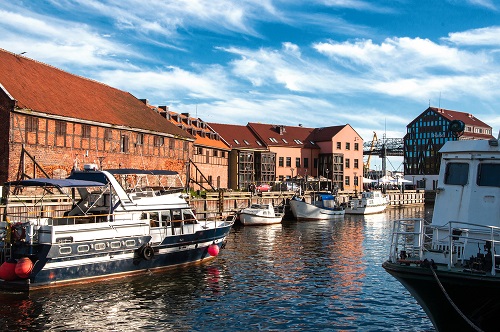How To Keep Your Health Insurance Costs Low In Lithuania

As an expat living and working in Lithuania, you will want to make sure that your healthcare costs are taken care of during your stay in the country. If you are employed, it is likely that you will be covered









